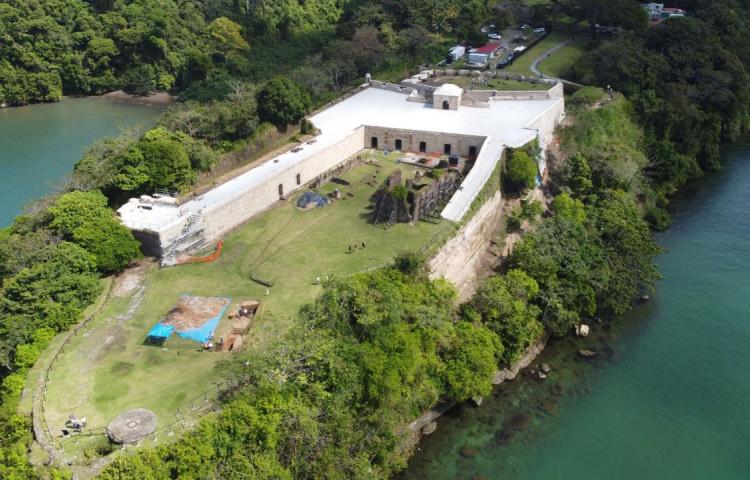Pre-Columbian site unearthed in Chagres

A new pre-Columbian site in the Chagres area, adjacent to the Castillo de San Lorenzo, on the country’s Caribbean coast, was discovered by a group of Panamanian archaeologists on Wednesday, August 2.
Findings include ceramics and stone tools, which provide the first evidence of human culture in the region prior to the arrival of Europeans.
These excavations were carried out at the Castle and at the site of the town of Chagres, which date back to the Colonial period, and were led by archaeologists Tomás Mendizábal from the Center for Historical, Anthropological and Cultural Research (CIHAC AIP) and Jean-Sébastien Pourcelot from the Museo del Interoceanic Canal.
The analyzes of the excavated materials were carried out in the laboratories of the Smithsonian Institute for Tropical Research in Naos. By analyzing and categorizing the recovered remains, evidence of the Pre-Columbian settlement emerged, on which Chagres was later established.
“This was a surprise for us, since we had neither previous chronicles nor archaeological reports from the area that indicated the existence of a pre-Columbian site nearby, at the time of contact (16th and 17th centuries). The materials found seem to indicate that the site is older, at least prior to the 16th century, but we are yet to confirm this,” said the archaeologist Mendizábal.
It was possible to know that the archaeological materials studied come from two sites: 95% of the archaeological prospecting that was done on the remains of the ancient town of Chagres and the remaining 5% of the trench that was excavated in the moat of the third Castle of San Lorenzo, buried under the current fortress.
The discovery of these materials is highly relevant because they confirm the global connectivity that Chagres maintained as a crucial part of the trans-isthmian route, defended by the castle.





